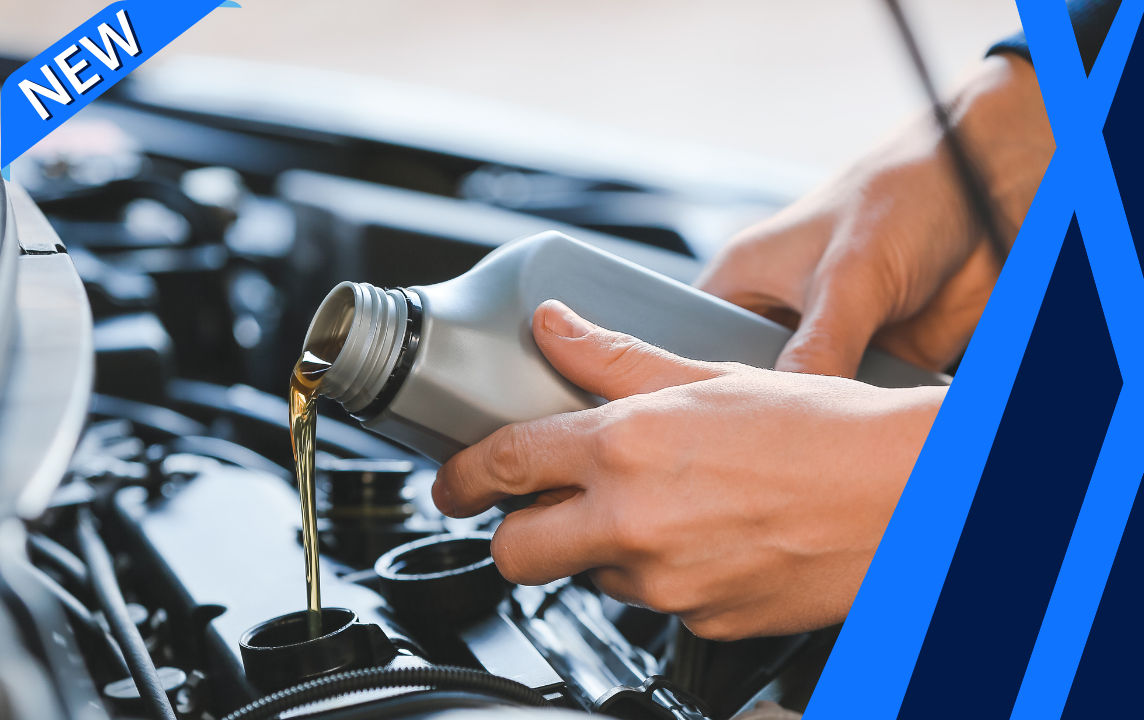Description
Tyre Rotation
What is rotating your tyres all about?
Rotating the tyres on a regular basis will significantly extend their lifespan. The car’s four tyres wear out differently. If one tyre wears out more than the others, the car will start pulling in the direction of the newer tyres. For example, if you let go of the steering wheel when driving, (for a moment!), the car should continue to go in a straight line. If the tyres have worn out differently, the car will not travel in a straight line. It will drift in the direction of the better tyre. This is also the reason why when you buy new tyres, it is best to buy them in pairs. Rotating your tyres will help even out tyre wear by allowing each tyre to serve in as many of the vehicle’s wheel positions as possible.
During the rotation, the front tyres are moved straight back and the rear tyres are moved diagonally to the front. This will ensure that every tyre will see each corner of the car. Your mechanic should check for abnormal wear, which may be a sign of other problems:
Keep in mind:
- If the tyre treading is lower than 1,6 millimetres (or lower than the factory recommendation), the tyres are worn out.
- Rotating worn-out tyres is of no use since the purpose of tyre rotation is to extend the life of tyres. If this is the case, the mechanic will not rotate the tyres and we will not charge you for the service.
- Tyre rotation is not possible on all vehicles.
How it’s done:
- Inspect for tyre wear and damage
- Check the tread on the tyres
- Remove and rotate tyres
Our recommendation:
Follow the manufacturer’s maintenance schedule and rotate the tyres as advised. Rotating the tyre once a year is a good idea. During the tyre rotation service, the mechanic should also inspect the entire brake system (pads, rotors, calipers, hoses).
What are the common symptoms indicating you need to rotate your tyres?
- Uneven tyre wear, car pulling to one side
- Cupping on the tyres
- Tyre rotation is performed as part of normal maintenance
How important is this service?
As you accumulate kilometres on your vehicle, each of the four tyres will wear at different speeds, and in different places. This is because front tyres wear differently than rear tyres, and right tyres wear differently than left tyres. If you allow these tyres to stay in one position for too long, the wear and tear will become so abnormal that the car will begin to drift in one direction or another. By constantly rotating the tyres you allow all four tyres to be subject to the same wear and tear, which keeps their lifespans relatively equal. A car with tyres that are wearing evenly should drive more smoothly and in a straight line.




